January
At 4:53 p.m. on Jan. 12, a 7.0 magnitude earthquake rocks Haiti, killing 230,000 people and leaving more than 1.5 million homeless. Over the next several days, the U.S. ambassador in Haiti declares a state of emergency, releasing money for immediate assistance. USAID's DART (Disaster Assistance Response Team) and search and rescue teams from the United States and other countries arrive in Port-au-Prince, initiating one of the most successful international rescue efforts to date. U.S. Secretary of State Hillary Rodham Clinton and USAID Administrator Rajiv Shah fly to meet with Haitian President Réné Préval and other officials in Haiti. The island government, on Jan. 18, declares a countrywide state of emergency and one month of mourning.
February
The government of Haiti, the Pan American Health Organization, the United Nations World Health Organization, and the United Nations Children's Fund officially begin a massive immunization campaign in Port-au-Prince. By mid-year, more than 1 million people are immunized against diseases including rubella and diphtheria.
March
Representatives from over 150 countries and international organizations gather at United Nations headquarters in New York to pledge financial support to help Haiti with post-earthquake reconstruction.
June
The Interim Haitian Recovery Commission, known as IHRC, and co-chaired by Haitian Prime Minister Jean-Max Bellerive and former U.S. President Bill Clinton, holds its first meeting in Port-au-Prince. The IHRC is focused on coordinating with donors to ensure that earthquake relief projects are well planned, sequenced, and prioritized to meet Haiti's needs and development priorities.
August
USAID opens the Haiti Apparel Center, which will strengthen the country's private sector workforce by training garment industry workers. In addition to providing vocational training, the center will maximize the benefits of the Haitian Economic Lift Program (HELP) Act signed into law in May, which improves U.S. market access for Haitian apparel exports. The center also helps to set the stage for an agreement in January 2011 between the U.S. and Haitian governments, the Inter-American Development Bank, and the Sae-A Trading Co. Ltd. to build and operate an industrial park, which is projected to create 65,000 jobs.
October
In an early sign of progress, Haitian farmers participating in a USAID-funded agriculture program increase overall food production by 75 percent compared to the spring 2010 planting season. The USAID WINNER program's work with the Haitian Ministry of Agriculture assists over 10,500 small- and medium-sized farmers growing corn, sorghum, beans, potatoes, and other vegetables. And, in an unexpected setback, U.S. Ambassador Kenneth H. Merten issues a disaster declaration due to a cholera outbreak.
November
Hurricane Tomas makes landfall on Haiti's southwestern claw, but leaves comparatively little damage when held up against previous hurricanes and the devastating Jan. 12 earthquake. In addition, the country holds its first presidential and parliamentary elections since the earthquake.
December
Mobile phone carrier Digicel claims the first mobile banking award through the Agency's partnership in the Haiti Mobile Money Initiative.
January 2011
Working in conjunction with the government of Haiti, the World Bank, and the United Nations Office for Project Services (UNOPS), USAID partners complete assessments of nearly 400,000 buildings in Port-au-Prince affected by the earthquake. Of these, over 50 percent are determined safe for habitation. Approximately 24 percent are determined to be mildly damaged, meaning they can be made safe for families to move back with a few simple repairs. By early February, USAID has completed repairs on structures sufficient to house almost 2,400 households, with more repairs in process.







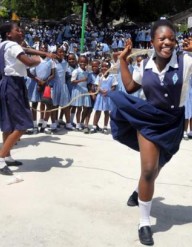

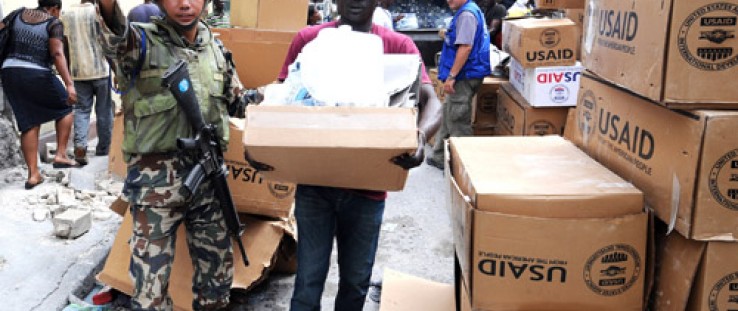

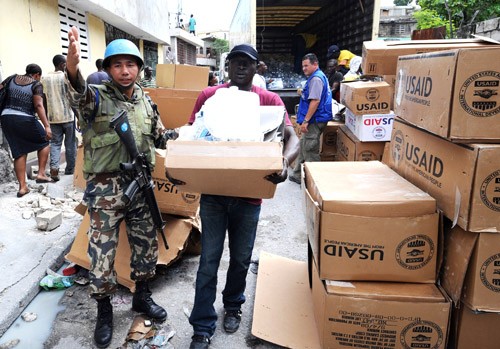
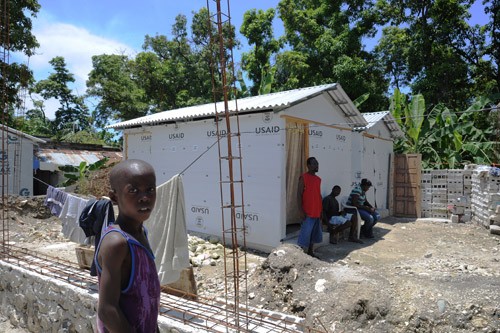
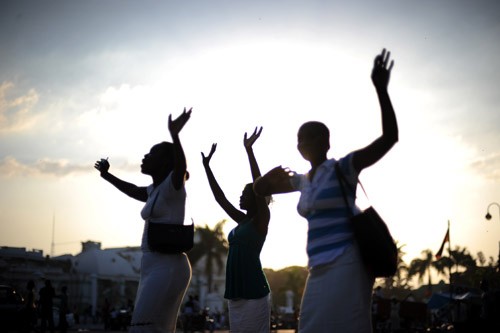
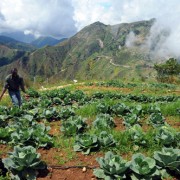
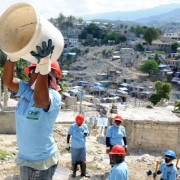

Comment
Make a general inquiry or suggest an improvement.